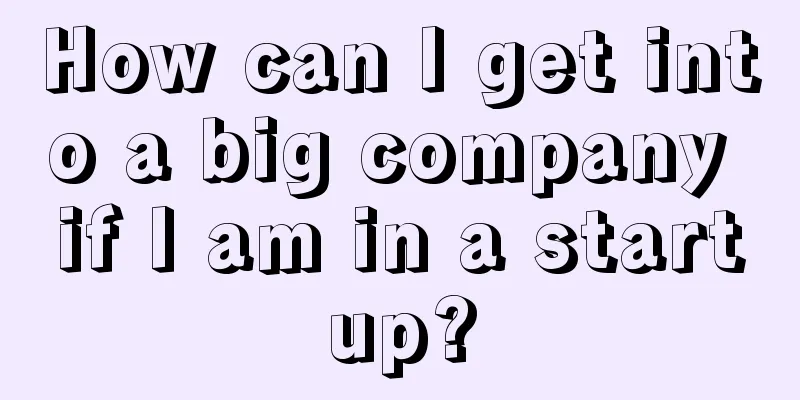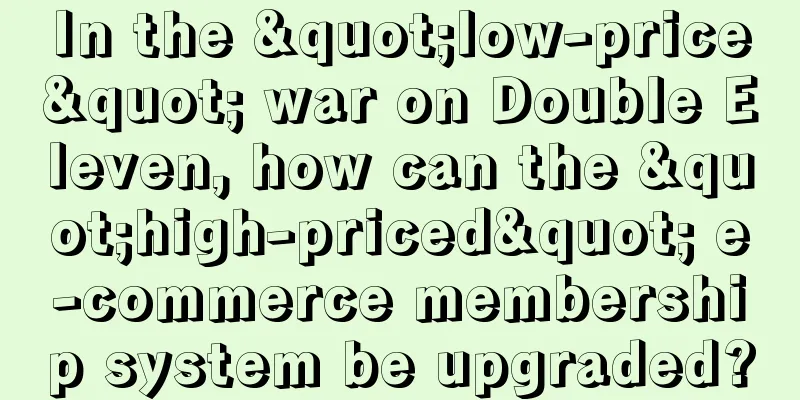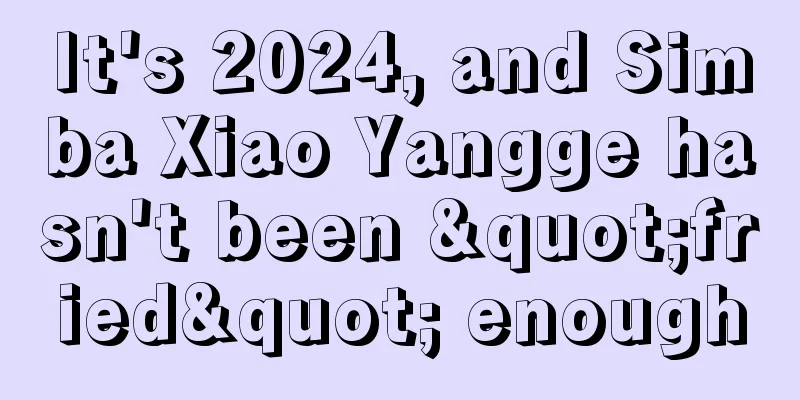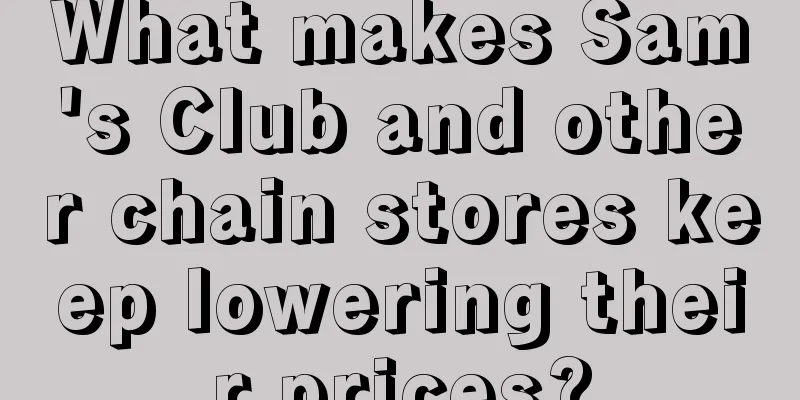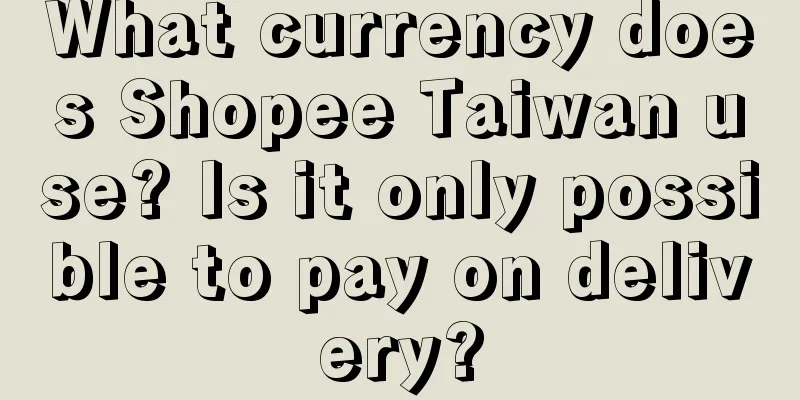100 Keyword Predictions for 2024 | Brands (31-40): Fan Inspiration, Dopamine, Sand Sculptures and a Sense of Co-creation!

In 2024, the Dragon's Journey begins! Wunderman's "2024 Future Trends 100" report is structured in 10 sections, supported by 100 forward-looking keywords, and guided by nearly a thousand innovative cases, making it the world's most valuable annual trend forecast report. The entire report consists of 10 sections: "Culture", "Technology and Innovation", "Tourism and Vacation", "Brand and Marketing" , "Food and Beverages", "Beauty", "Retail and Commerce", "New Luxury Life", "Health", and "Work", with 100 keywords and 100,000 words. Today, let’s take a look at the 10 trends in “Brand & Marketing” in 2024. Part 4: "Branding & Marketing" 1. The rebirth of outdoor advertising: Outdoor advertising enters an interesting era of surrealismVirtual Out-of-Home (FOOH) is a concept developed by artist Ian Padgham that uses CGI technology to combine real video footage with 3D elements to create visually appealing and realistic outdoor advertising. Among the artists pushing this interesting approach is Shane Fu, a New York-based motion designer originally from Wuhan, China.
Innovation opportunitiesThe ubiquity of social media coupled with the creativity of digital art means a new reality is being shaped. These creative, reality-breaking FOOH creations showcase the potential of this art form to capture the imagination of consumers. 2. Fan inspiration - "huge wealth" created together with fans!Passionate fans and social media influencers are constantly inspiring innovation from the brands they love. "It's a focus group of a billion people," Abercrombie & Fitch's chief product officer Corey Robinson described TikTok in an interview with The Wall Street Journal. Passionate fans and influencers on social media constantly inspire innovation from the brands they love, creating a focus group of hundreds of millions of people. Corey Robinson, chief product officer of Abercrombie & Fitch, once described TikTok as a platform with huge potential. This trend captures a new social media-driven product development paradigm - brands convert fan creativity and viral social media content into valuable new product development and innovation opportunities.
In China, this concept of "extreme wealth" emphasizes respecting and highlighting the user's subjective consciousness and cognition.
Innovation opportunitiesThe world is a huge interactive stage, and having fun together is the most important thing. Brands can satisfy consumers’ desire for creativity by leveraging the creative influence of fans, and bring real-life innovations to fans based on viral ideas - this is the sense of co-creation! 3. India’s Moment: The Rise Cannot Be IgnoredThrough its strong hard and soft power, India is emerging as a new global brand power.
India's soft power potential is also growing.
Babita Baruah, CEO of VML India , said a combination of factors explain the rise of Indian brands . “While economic growth is an important sign of progress, the combination of talent, technology and grassroots innovation is creating something even greater for India: a positive zeitgeist.” Innovation opportunitiesHuang told the media that this is "India's moment." India is rapidly becoming a global political, economic and cultural powerhouse as its population, domestic market and technological capabilities continue to grow rapidly. This makes India a market that brands, manufacturers and consumers cannot ignore. 4. Creator to Consumer (C2C): A new model for brand building—co-creation by creators!The new co-creation platform enables numerous creative creators to easily set up their own online stores, attracting shoppers through content, stories and personal charm, while providing brands and retailers with a new brand sales and display channel.
This new model of mutual benefit for all three parties brings obvious benefits:
Big retailers are also working to put creators and content first.
Now the trend is expanding into other areas, with the startup Wandr inviting travel influencers to create their own booking interfaces for its portfolio of one million hotels. In fact, this model can be understood as an independent and exclusive e-commerce version for influencers such as Douyin. It is important to note that the term "influencer" needs to be redefined here : they are people who can change the ideas and behaviors of "some people". They are no longer limited to celebrities or experts and masters, but ordinary people, even shop assistants, deliverymen, cleaners, and anyone who can establish trust and identity in a certain aspect can become an influencer. An extreme example is Lei Sen, a young man from Sichuan who begs in the United States. He went from begging on live broadcasts to becoming a million-dollar internet celebrity. If he were to sell goods, there would be no doubt that he would surpass those stars. Innovation opportunitiesBrands can use influential opinion leaders to engage customers through personalization, storytelling, and enhanced discovery. This trend also reflects the preference of younger generations to buy from their peers: 23% of Gen Z and Millennials said they are more interested in buying directly from influencers. 5. Dopamine vision-stimulate pleasure with bright colors!Brands are redesigning their packaging and imagery to inject that feel-good dopamine rush! Jell-O's first brand redesign in a decade, launched in July 2023, features bright colors and eye-catching graphics designed to inspire joy and wonder through imagination and play.
Fanta also underwent a brand redesign in April 2023, featuring dynamic cartoon graphics and a bright color palette that captures a feeling of "joyful indulgence."
7UP unveiled a new look in February 2023, designed to create "delightful moments" for drinkers. Mauro Porcini, PepsiCo's senior vice president and chief design officer, said: "We want to create a new, dynamic image that is up-to-date and in line with the brand's positioning to inspire emotional value!" Innovation opportunitiesThe world is becoming increasingly color-deprived, concluded a 2020 study by the Science Museum Group in London. Brands are incorporating color into their new imagery and packaging to deliver and activate emotions, while consumers are actively seeking out brands that can make them smile. 6. Brand Universe—Those who can tell stories will live forever!Brands are no longer isolated, static entities, but rather all-encompassing dynamic universes with worldviews, narratives, and actions, just like the Marvel Universe. 79% believe that the role of brands has changed in the past five years, and 88% say companies have a responsibility to look after the planet and people.
Toy company Mattel is stepping up its efforts to partner with Hollywood and various brands to reinvigorate Barbie.
Innovation opportunitiesConsumers’ interactions with brands are shifting from disparate, separate touchpoints to an omnichannel experience. Looking ahead, Smith and Wilson said brands need to put storytelling at the heart of everything they create. 7. Influential Entertainment – Emotional narratives inspire positive change!“Our goal is to inspire action through deep experiences to make the world a better place.” This is the grand vision of Daniel Hettwer, founder of Hidden Worlds Entertainment, who has developed the “impactainment” model – combining experiences with positive action to address existential threats such as the climate crisis and mental health. "Influential entertainment" is deeply rooted in behavioral science and psychology, and involves creating influential experiences that inspire mass action and change. Unlike traditional education, it not only educates participants, but also inspires them to change. “Education alone doesn’t bring about change,” the founders told VML Intelligence. “There’s a lot of scientific research that shows that stories stimulate certain neurochemicals in the brain. Stories have a huge ability to create specific emotions, resonate and inspire. We want to inspire people and then help them turn that inspiration into action.” The Bahamas took this approach to "impact entertainment" to give people an immersive experience of the positive significance of the ocean . The event blended art exhibitions, multi-sensory dining and 360-degree photography to highlight the success of the Bahamas in protecting the ocean while educating guests about the beauty and challenges of the ocean. After the experience, guests were also invited to participate in a beach cleanup, creating what Hidden Worlds Entertainment said was a direct impact. Hidden Worlds Entertainment currently focuses on two key areas: conservation and mental health . But the founder believes that impact entertainment can be used for any topic and by all kinds of consumer brands. He said: "Our mission is to create the most entertaining and high-quality customer experiences in the leisure, entertainment and hospitality industries to promote hope, faith and innovation." Innovation opportunitiesHettwer believes that influencer entertainment will become a “ key driver of brand equity and long-term profitability” by providing fun and authentic ways to effect positive change while showcasing a brand’s purpose. 8. Brand clown/silly sculpture advertising: It’s time for brands to regain their sense of humor!For the past 20 years, brands have responded to users and epidemics with a serious image, but evidence shows that new consumers are more eager for laughter than preaching.
Brands are leaning towards creating silly or spoof ads to relieve stress or bring a brief sense of relief to users. This includes using nonsensical humor that may be embarrassing to some users.
Humor is not only an alternative to "preaching", but also a vehicle to discuss issues in a more intimate way.
In China, Ma Yinglong and Wufangzhai are known as the pioneers of sand sculpture advertising, and in 2023, Haidilao’s "Subject Three" advertisement topped the hot search list of major platforms, and its underlying logic is also based on this demand. Innovation opportunitiesHumor can differentiate and engage users, and provide some much-needed joy to consumers who are still struggling through tough times. Perhaps in 2024 we can create some short films similar to this magical Thai ad. 9. Sense of co-creation - create the future with users!Brands are increasingly handing control of product creation to users (what used to be called the democratization of fashion). Angelina Jolie launches her brand Atelier Jolie in summer 2023 — a “creative platform” that turns users into designers.
In May 2023, American emerging actress Kiki Shipka launched her own beauty brand, and she also adopted the co-creation model in product development.
Golden Goose enables shoppers to ‘co-create anything, anywhere.’ In a new co-create in-store experience, launching first in Australia in 2023, shoppers can customise the brand’s essential products including sneakers, handbags, outerwear, jeans and T-shirts by selecting their own designs, which are then completed by on-site artists. Innovation opportunitiesShopping is a form of self-expression, especially for younger consumers. According to VML Intelligence’s “Generation Z: Building a Better Normal” report, 60% of American Generation Z said their brand choices are an expression of their identity. In 2024, brands will need to go beyond product personalization and empower consumers to freely express themselves through the products they purchase. 10. Bio-creating brands – truly sustainableBrands are harnessing the power of nature to create the next generation of fabrics and dyes. London-based Normal Phenomena of Life is described by its founder as the “first bio-design lifestyle brand” .
At the 2023 London Design Festival, Danish brand Ganni unveiled a prototype of the Bou Bag, which is made from a leather alternative from London biotech company Modern Synthesis, without plastic or petrochemical ingredients. The material is made from agricultural waste by growing bacteria on a support structure. The microorganisms then convert the sugars into nanocellulose. The resulting fibers are eight times stronger than steel and have natural adhesive capabilities. In 2019, Central Saint Martins in London launched its Biodesign MA, which aims to “ explore bio-based design strategies for sustainable innovation.” Graduates of the course have created a number of conceptual works, including Mia Luong’s “Future Pearl Light,” which imagines using bacterial cellulose and nanocellulose to design and reimagine the future of nacre and pearls in a world where the oysters from which pearls are derived have become extinct. Innovation opportunitiesInnovative materials that harness the power of nature’s inherent mechanisms are one way to explore a more sustainable future. While it’s still early days for these materials, their potential is compelling and brands are investing in them. Author: Brand Yuan, WeChat public account: Brand Yuan (ID: brand-yuan) |
<<: Who is bearing the cost of e-commerce price wars?
>>: Bilibili has over 100 million short videos, why are they all ghost videos?
Recommend
Xiaohongshu launches social tool
Recently, it was discovered on Xiaohongshu that th...
Why do young people on Xiaohongshu and Douyin flock to ski resorts?
With the arrival of winter, skiing, once considere...
The three treasures of middle-aged men: Hupu, What’s Worth Buying, and Autohome
For me, I have only heard that people will become ...
AI photo editing to replace the hippocampus? It's possible, but don't even think about making money
As a popular photo studio, can the hippocampus sti...
DeepSeek per person, from top to bottom
From lawyers, journalists to real estate agents, a...
In the price war, Nongfu Spring has met its rival
Water is the source of life. Everyone needs to dri...
How to find partners for Amazon's no-source model? Is it possible?
Amazon's no-source model has both advantages a...
Xiaomi's new copywriting is cosmic
Last year, Xiaomi launched a foldable screen mobil...
WeChat official version suddenly updated! This New Year limited function is really fun
The official version of WeChat has recently introd...
How to register for Amazon's Plan 0? Is Plan 0 useful?
Amazon merchants, especially those with good sales...
How can I get a second review for my Shopee store? How long does it take to pass the second review?
If you choose to settle in Shopee, you need to sub...
Brand is the center of business management? !
Brand, once considered a small part of marketing a...
Fighting 618 again: Xiaohongshu’s newcomer test, video account waiting for adulthood
Video accounts are an incremental growth for Douyi...
Is Sora an opportunity or a challenge for domestic manufacturers?
At the beginning of this year, OpenAI generated a ...
How to fill out an Amazon prepaid return label? What is a return label?
As one of the world's largest e-commerce platf...

